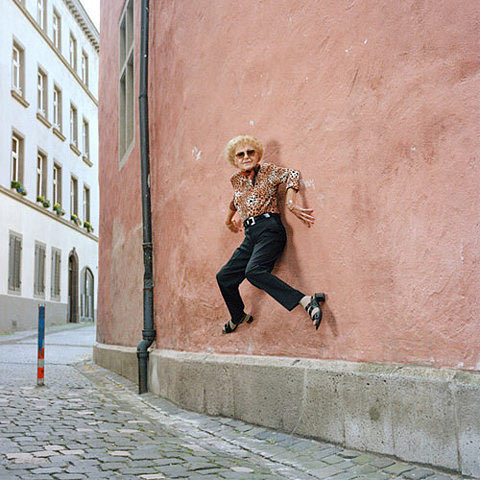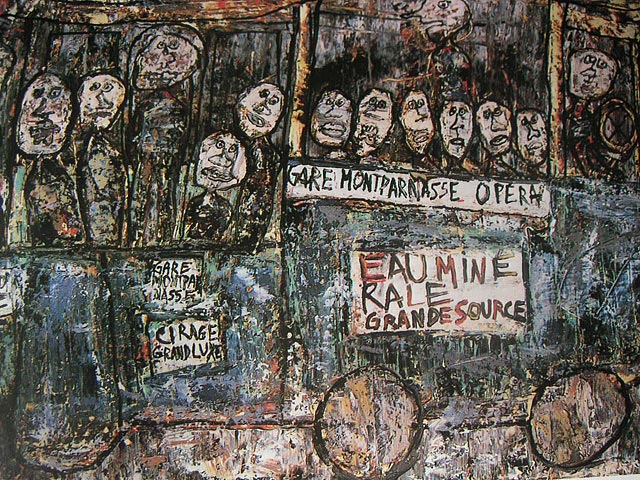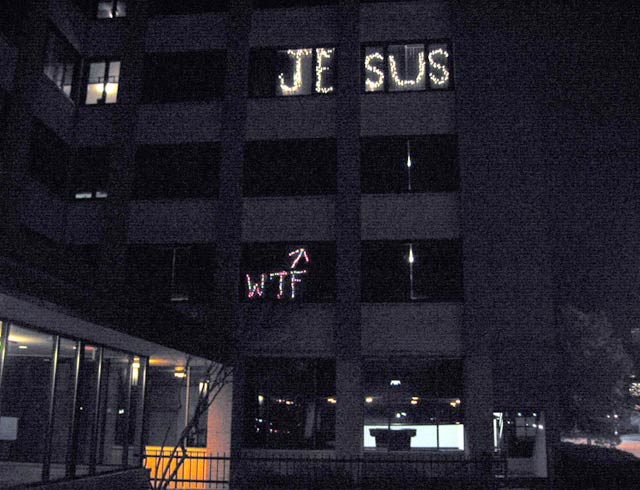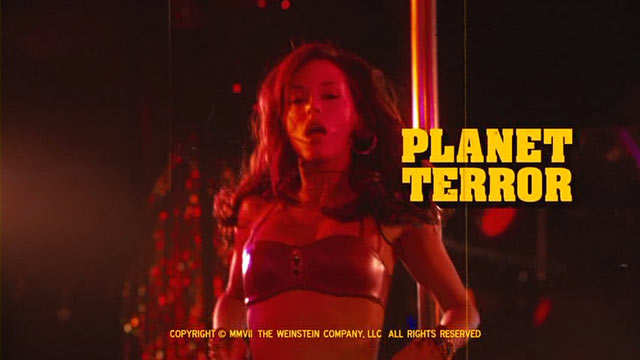
I had been mistaken in thinking that I could see clearly into my own heart. But this knowledge which had not been given me by the finest mental perceptions had now been brought to me, hard, glittering, strange, like a crystallised salt, by the abrupt reaction of grief.
Je m’étais trompé en croyant voir clair dans mon cœur. Mais cette connaissance que ne m’avaient pas donnée les plus fines perceptions de l’esprit venait de m’être apportée, dure, éclatante, étrange, comme un sel cristallisé par la brusque réaction de la douleur.
{ Marcel Proust, Albertine Disparue, 1925 | Continue reading | Poursuivez la lecture | Wikipedia }
books, ideas, psychology |
December 11th, 2009
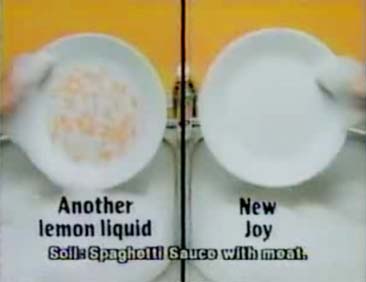
Show one image exclusively to one eye and a different image exclusively to the other eye and rather than experiencing a merging of the images, an observer’s percept will flit backwards and forwards randomly and endlessly between the two. This “binocular rivalry”, as it’s known, has been of particular interest to psychologists because it shows how the same incoming sensory information can give rise to two very different conscious experiences.
Now, in a research first, psychologists have shown that a similar process occurs with our sense of smell. If one odour is presented to one nostril and another odour is presented to the other nostril, a person will experience “binaral rivalry” - sensing one smell and then the other, backwards and forwards, rather than a blending of the two.
{ BPS | Continue reading }
From Proust’s Madeleines to the overbearing food critic in the movie Ratatouille who’s transported back to his childhood at the aroma of stew, artists have long been aware that some odors can spontaneously evoke strong memories. Scientists at the Weizmann Institute of Science have now revealed the scientific basis of this connection. (…)
The key might not necessarily lie in childhood, but rather in the first time a smell is encountered in the context of a particular object or event. In other words, the initial association of a smell with an experience will somehow leave a unique and lasting impression in the brain.
{ Weizmann Institute of Science | Continue reading }
eyes, science |
December 10th, 2009

Like most interesting words, “maturity” is hard to define. The most literal definition is just “how much you act like an adult.” But since adult behavior varies widely, and we often call some adults “immature,” that’s not very helpful. As far as I can tell, the most important components of maturity are:
1. Orientation toward work rather than play.
2. Taking a long-run view rather than acting impulsively or spontaneously.
3. Being serious rather than silly.
4. Identifying with - and taking the side of - older people.
A colleague disputed a more primitive version of #3. In his view, what people do in their free time can’t affect their “maturity.” I say he’s wrong. I’m quite open to the view that maturity is over-rated, but in ordinary usage there is definitely such a thing as “immature humor.” The Three Stooges is immature, and if you enjoy it, so are you.
So who’s mature, and who’s not? The most obvious generalization is that maturity increases with age. By my criteria, it’s not a necessary truth, but nonetheless hard to deny. Further conjectures:
Higher-IQ people probably tend to be a little more mature, but primarily because they score higher on #2.
{ EconLog | Continue reading }
ideas |
December 10th, 2009
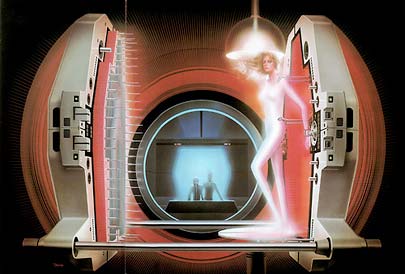
I believe there is a lot of fraud in high tech startups, 95 percent of which fail. With only a five percent chance of surviving, startups face a gauntlet of risks as described in this quote from uber-VC John Doerr in my show Nerds 2.01: A Brief History of the Internet:
“There are four categories of risk to look for in every project:
1) “People risk: How the team will work together. Because inevitably one of the founders does not work out and drops out.”
2) “Market risk: This is an incredibly expensive risk to remove. It is about whether the dogs will eat the dog food. Is there a market for this product? You do not want to be wrong about market risk.”
3) “Technical risk: This risk we are quite willing to take on. Whether or not we can make a pen computer that works, be the first to commercialize a web browser, or split the atom if you will. That technical risk is one we are comfortable trying to eliminate or take on.”
4) “Financial risk: If you have all of the preceding three risks right (people, market, and technical), can you then get the capital that you need to grow the business? Typically you can. There is plenty of capital to finance rapidly growing new technologies that are addressing large markets.”
Of course Doerr completely forgot to include fraud risk — that investors would simply have their money stolen.
Tech fraud happens all the time and those who are fooled include the most sophisticated investors (big shot VCs are not at all immune). (…)
Several years ago I lost what was for me a substantial amount of money investing in a financial patent startup. It looked great on paper, the only problem being that the paper was forged, simply made up. Nothing was as it seemed. The company’s books literally didn’t exist. So I sued, spending a lot more money, only to have the founders declare bankruptcy and walk away.
{ Robert Cringely | Continue reading }
economics, guide, technology |
December 10th, 2009
photogs |
December 10th, 2009
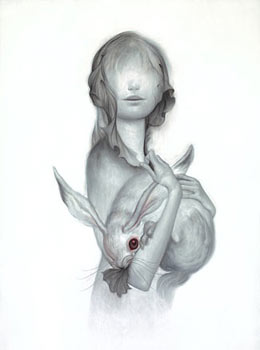
Percentage of Americans who believe in angels: 55
Percentage of Americans who believe in evolution: 39
Percentage of Americans who believe in anthropogenic global warming: 36
Percentage of Americans who believe in ghosts: 34
Percentage of Americans who believe in UFOs: 34
{ Foreign Policy | Continue reading }
artwork { James Jean }
U.S., weirdos |
December 10th, 2009
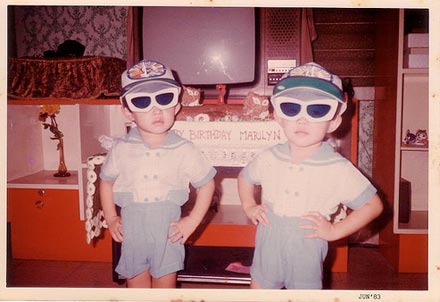
A good exercise for learning about yourself is to think about how other people might view you in different ways. Consider how your family, your work colleagues or your partner think of you.
Now here’s an interesting question: to what extent do you play up to these expectations about how they view you?
This idea that other people’s expectations about us directly affect how we behave was examined in a classic social psychology study carried out by Dr Mark Snyder from the University of Minnesota and colleagues (Snyder et al., 1977). (…)
Understanding that other people’s expectations about us directly and immediately affect our behaviour is a vital component in understanding how we can come to be quite different people across various social situations.
{ PsyBlog | Continue reading }
psychology |
December 10th, 2009

“This wizard has a crystal ball which unerringly reads people’s minds,” I said. “All it needs is a psychic whiff of you over the phone.”
“That’s impossible,” he said, “Show me.”
“No problem,” I said, “we can call him right now. Think of a three-digit number.”
“758,” Skep said.
I called the Wizard right away. Here’s what I said over the phone:
“Hello? Is this the Wizard?”
“Well, could I speak to him please?”
“O.K.”
“Hello, Wizard? I have someone here who wants you to guess his number.”
I handed the phone to Skep.
Skep: “Yes, you’re right. The number is 758.”
Skep’s eyebrow was twitching vigorously. “You’re obviously communicating the information in some way,” he said, “though I can’t figure out how.”
Answer.
{ NY Times | Continue reading }
ideas, leisure, mystery and paranormal |
December 10th, 2009

Since World War II, Russian scientists have been researching ways to bend the weather to their liking. Today, they routinely ensure sun-splashed Victory Day celebrations by chasing away clouds using a technology known as cloud seeding (the same technology the Chinese government used to chase away clouds during the Beijing summer Olympics).
It’s nice to have sunny parades, but Moscow officials believe they can use their technology to alter the weather and save some rubles, according to the Los Angeles Times:
Now they’re poised to battle the most inevitable and emblematic force of Russian winter: the snow.
Moscow’s government, led by powerful and long-reigning Mayor Yuri Luzhkov, has indicated that clearing the capital’s streets of snow is simply too expensive. Instead, officials are weighing a plan to seed the clouds with liquid nitrogen or dry ice to keep heavy snow from falling inside the city limits.
{ Discover | Continue reading }
photo { Michael Kenna | more }
climate, pipeline, technology |
December 10th, 2009
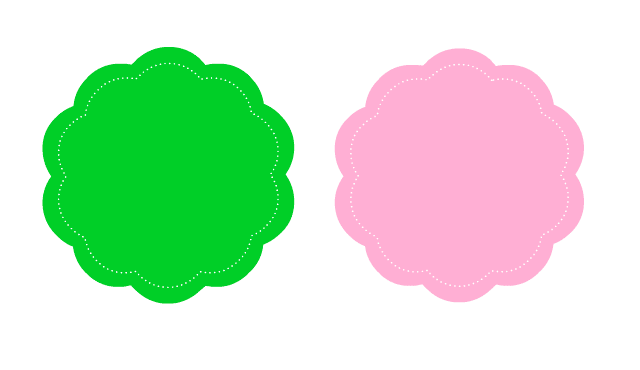
New observations of galactic clusters have revealed a controversial phenomenon called “dark flow,” which could be a sign of parallel universes.
{ Seed magazine | Continue reading }
related { Do quantum computers offer proof of parallel universes? | And: New quantum theory topples Einstein’s spacetime. }
illustration { panther house }
science, space |
December 10th, 2009
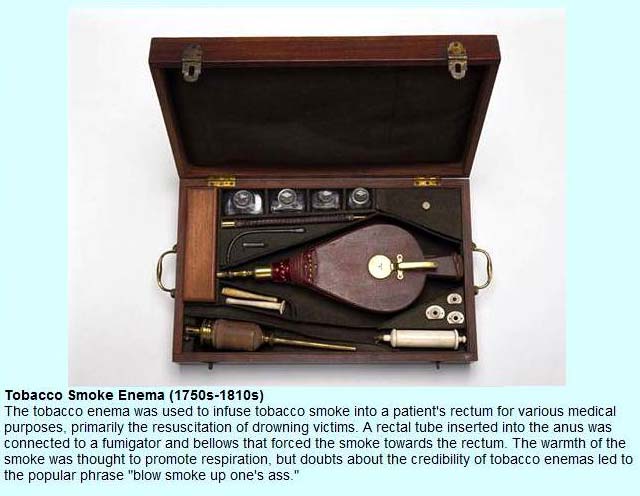
{ Tobacco Smoke Enema (1750s-1810s) | via Barry Ritholz | Read more: Wikipedia }
Linguistics, flashback, haha, health, smoking |
December 10th, 2009

“People make optimistic predictions about themselves,” he says. “They expect relationships to last longer, tasks to take less time and things to turn out generally better than they will.” And when they ask for a waffle-maker for Christmas, they think, “I’ll use this all the time!”
“But sometimes the reality of owning an object doesn’t quite measure up to our expectations,” says Vietri. “The cappuccino machine is a hassle to clean, the fancy navigation system is not necessary for most driving, and no one has time to play the new piano.”
{ Consumers overpredict the use of holiday gifts | EurekAlert | Continue reading }
photo { David Lynch }
psychology |
December 10th, 2009
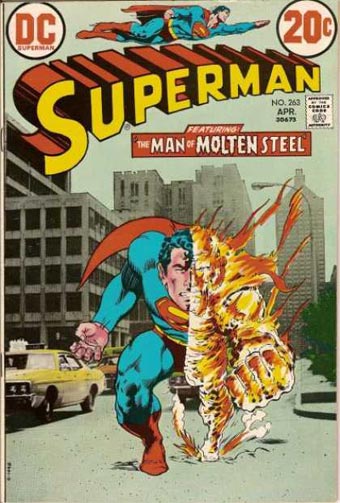
Superman’s extraordinary strength is somewhat of a mystery, since it seems at times to not satisfy Newton’s laws. Imagine Kal El lifting an office building over His head, one handed, while walking down the street. The feat of strength itself is not just unbelievable, but also unphysical. Consider figure 1. If we were to position a multi-storied office building upon on a post on a street, to be held from the same position as we imagine Superman holding it: the building above the post would crack from the enormous pressure; as would the pavement beneath the post. Since the post would not lie beneath the building’s center of mass, we would expect to see the building either tumble forward, or we would see the building crack from the shear stresses which come from being held by the corner.
In contrast, we see none of these effects when Kal El lifts an ob ject. We can only conjecture that Superman has the ability to move the center of mass (by controlling the moment of inertia) of the office building. In addition, the lack of deformation of the pavement (though the pressure beneath His feet as He walks must be intense), and the lack of damage at the point of contact of the building tell us that He must have also somehow reduced the effective mass of the building.
{ A United theory of Superman’s Powers by Ben Tippett | PDF }
science, showbiz |
December 10th, 2009

{ Botticelli, La Derelitta, c. 1495 }
La Derelitta, ascribed first to Masaccio, then to Botticelli, then to that amiable fiction L’Amico di Sandro, and recently regarded as part of a series of cassone panels executed by the young Filippino Lippi after designs by Botticelli, is a source of discomfort not only to the connoisseur, but also to the student of iconography.
The subject is as enigmatic as the authorship. A young woman, shut out of a palace, sits ‘derelict’ on the steps before the gate and weeps. This is the sort of pathetic scene which appealed to nineteenth-century novelists by arousing reflections as to what had happened before and what would happen after. In the mind of a fifteenth-century painter such a response would be, to say the least, an anachronism. At that time the themes of pictures were not meant to prompt flights of the imagination. They formed part of a precise set of ideas. An attempt to reconstruct the correct connotations of the picture called La Derelitta may help to dispel the false sentiment which the false title, most certainly of fairly recent invention, suggests.
A decisive step towards finding the clue to the picture was made by Horne and Gamba when they discovered that it belonged to a set of six panels representing the story of Esther, which originally formed the decoration of two marriage chests.
{ The Subject of Botticelli’s Derelitta by Edgar Wind, 1940 } |

{ Collier and Higgs, I Married An Artist, 2008 }
The work is a ’straight’ photograph of a book both artists purchased in Toronto. The book is the autobiography of a woman (Billy Button) who was married to a prominent mid-20th Century Canadian artist. The image has not been digitally altered in any way.
{ Re-title }
|
vaguely related { The frescoes Ambrogio Lorenzetti executed for the city council of Siena in 1338–1339 mark what may be a unique achievement in the history of art: making Heaven, (or at least Heaven on earth), look infinitely more interesting than Hell. | NY Review of Books | Continue reading }
art, ideas, relationships |
December 10th, 2009
art |
December 10th, 2009

photo { Elinor Carucci }
related:
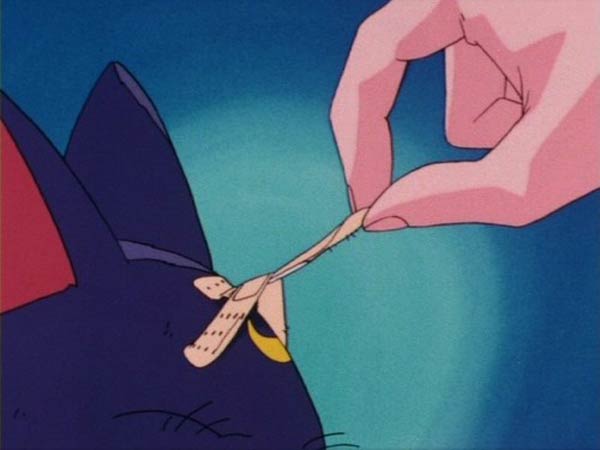
photogs, visual design |
December 10th, 2009
visual design |
December 10th, 2009
haha, visual design |
December 10th, 2009

From: Richard Matthews
Date: Tuesday 6 May 2008 8.17pm
To: David Thorne
Subject: Re: Re: Rove
Fuck you coksucker you should be ashamed of what you wrote that was wrong ad you know it How wud you feel if you were rove? why dont you fuck off.
…………………………………………………………………………………….
From: David Thorne
Date: Tuesday 6 May 2008 8.42pm
To: Richard Matthews
Subject: Re: Re: Re: Rove
You’re correct Dick, my statements were uncalled for and unquantifiable in any manner. I apologise without reserve and ask for nothing but your understanding. I hope, in time, you can come to forgive me for such contemptible statements. If I could retract my statements I would but I do not have a time machine. I wish that I did have a time machine, I would take my Macbook Pro back to 1984 and visit Steve Jobs. After selling my laptop to him for millions I would return to the present. I could do this several times as each time the present technologies would have changed. It is a flawless plan, I am sure you will agree, lacking only the availability of time/dimension manipulation technologies.
{ 27b/6 | Continue reading }
artwork { Jay DeFeo, The Eyes, 1958 | graphite on paper }
previously { Party in apartment 3 }
haha, time |
December 10th, 2009






